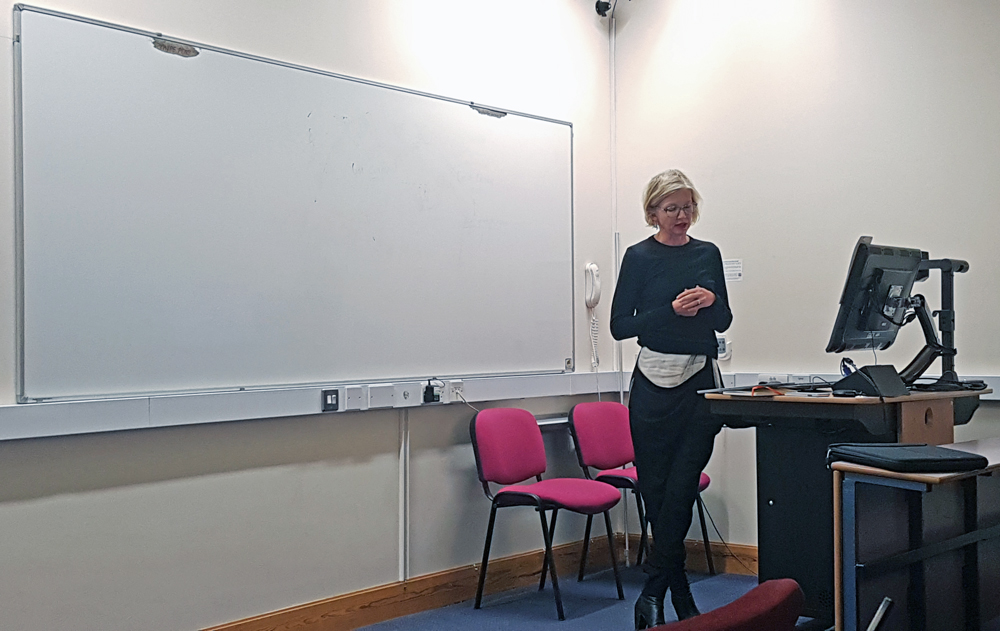Fleur Johns challenged the common ways we think about and discuss international law during a talk this month on ‘Data Territories’, delivered as part of an ongoing lecture series organised by CeCIL.
Specifically, Fleur spoke about the mass proliferation of new forms of data accumulation/analysis and how these emerging technological methods should prompt a re-evaluation of international law’s foundational concept of territory. While territory is typically assumed to be a fixed feature of public international law since the basic actors in this system are territorial sovereign states, what receives less focus are the variable understandings that attach to differing concepts of territoriality. These understandings include: sacredness, the division of resources, and the relations that distribute agency. As such, think about territory in this way means acknowledging a certain ‘organised randomness.’
Against this backdrop, Fleur turns to usage of large-scale data mining by international organisations for humanitarian, developmental, and ‘global governance’ purposes. Such practices of asserting truth on the basis of data sets have long-accompanied international legal claims (for example issues regarding location have long been measured according to the agreed upon data sets of latitude and longitude), the process of representing territorial space through these increasingly complex data methods for a multitude of purposes is not without consequence. After all, these data configurations represent territories as places to inhabit, flee, or reform, etc depending on the reasoning behind this data usage. For example, certain algorithmic associations concerning international human rights law function by measuring the mobilisation of populations in response to arrest practices.
All of this raises the question of how such representations of territory using data sets change our perceptions. For to ‘dataify’ something is tantamount to reducing it to mere ‘information’ as opposed to ‘sacredness’ or the ‘common good of all mankind’ to offer just two examples. Furthermore, there is the very real question of who is empowered to decide upon how this data is used? Thus, despite its presentation as a set of technical issues rooted in rational knowledge, this usage of data in the context of international legal projects is deeply politicised at multiple levels. Furthermore, there remains the issue that territory itself in an ideal that defies any universal objective definition and the coexistence and/or conflict between this ideal and increasingly quantified representations of territory raises many serious questions. That said, it is eminently reasonable to expect that debates relating to these issues will achieve greater and greater prominence in the years to come. As such, we should all be grateful for Fleur’s visionary efforts in exposing what is actual at stake in these debates.

